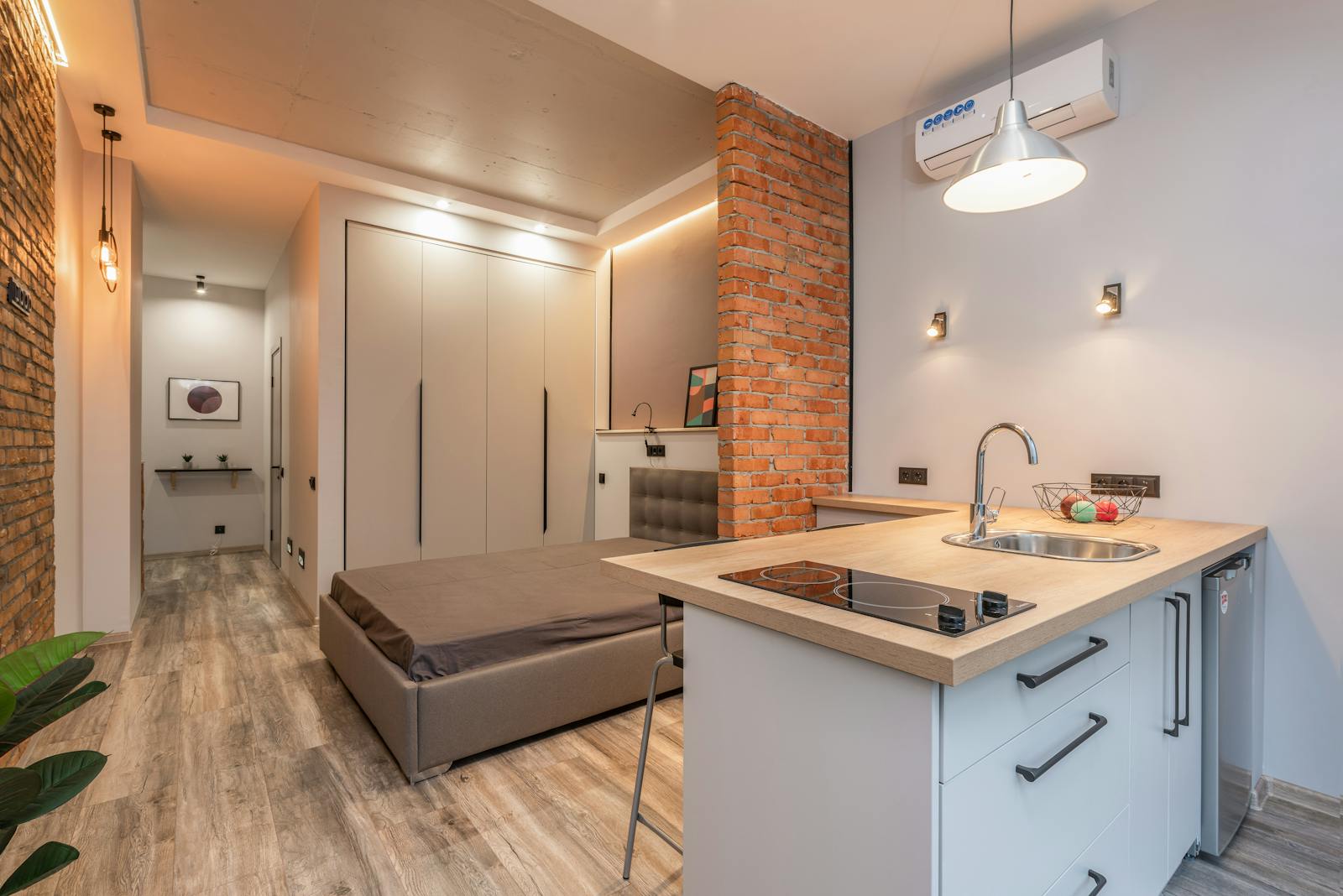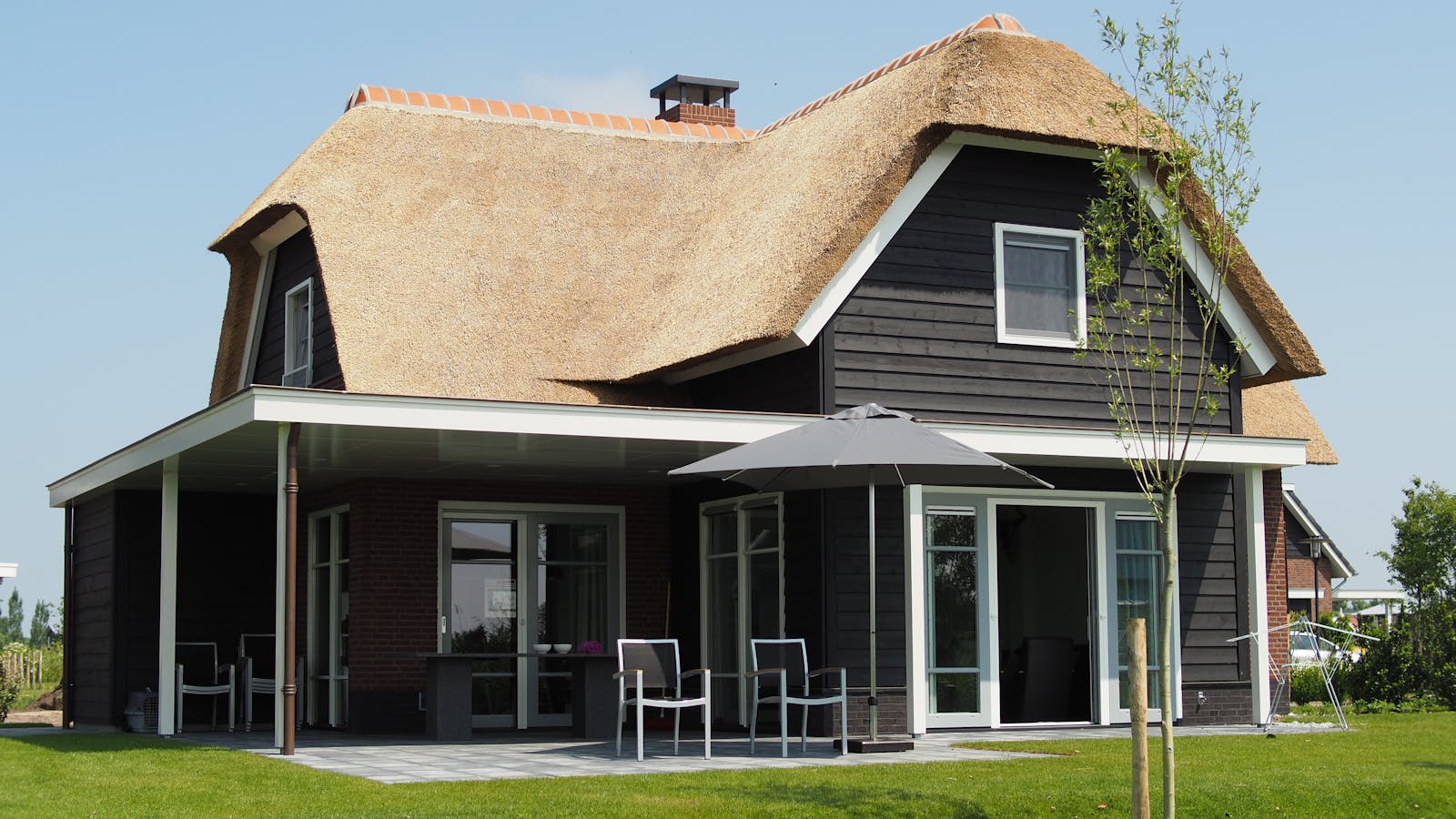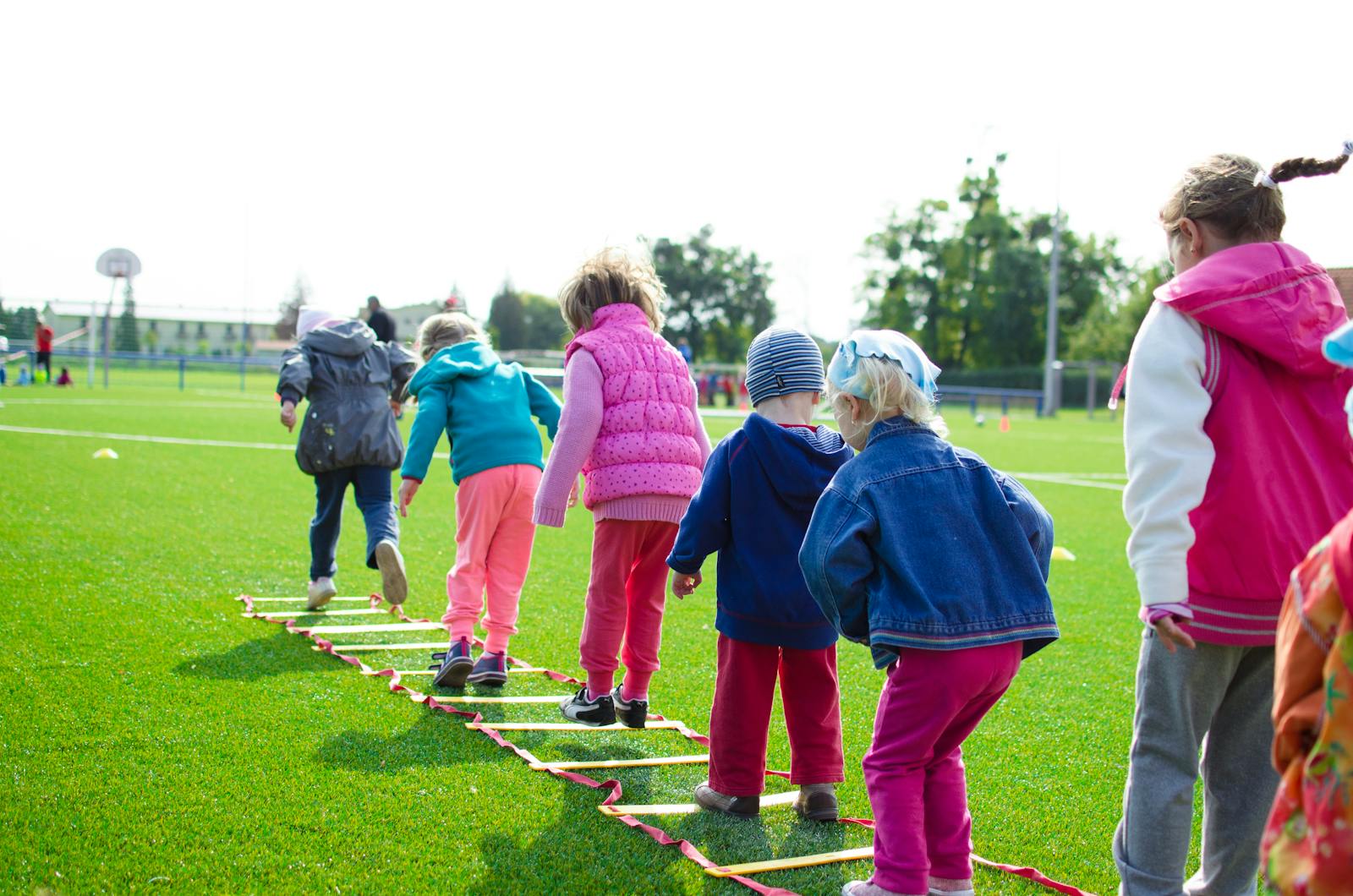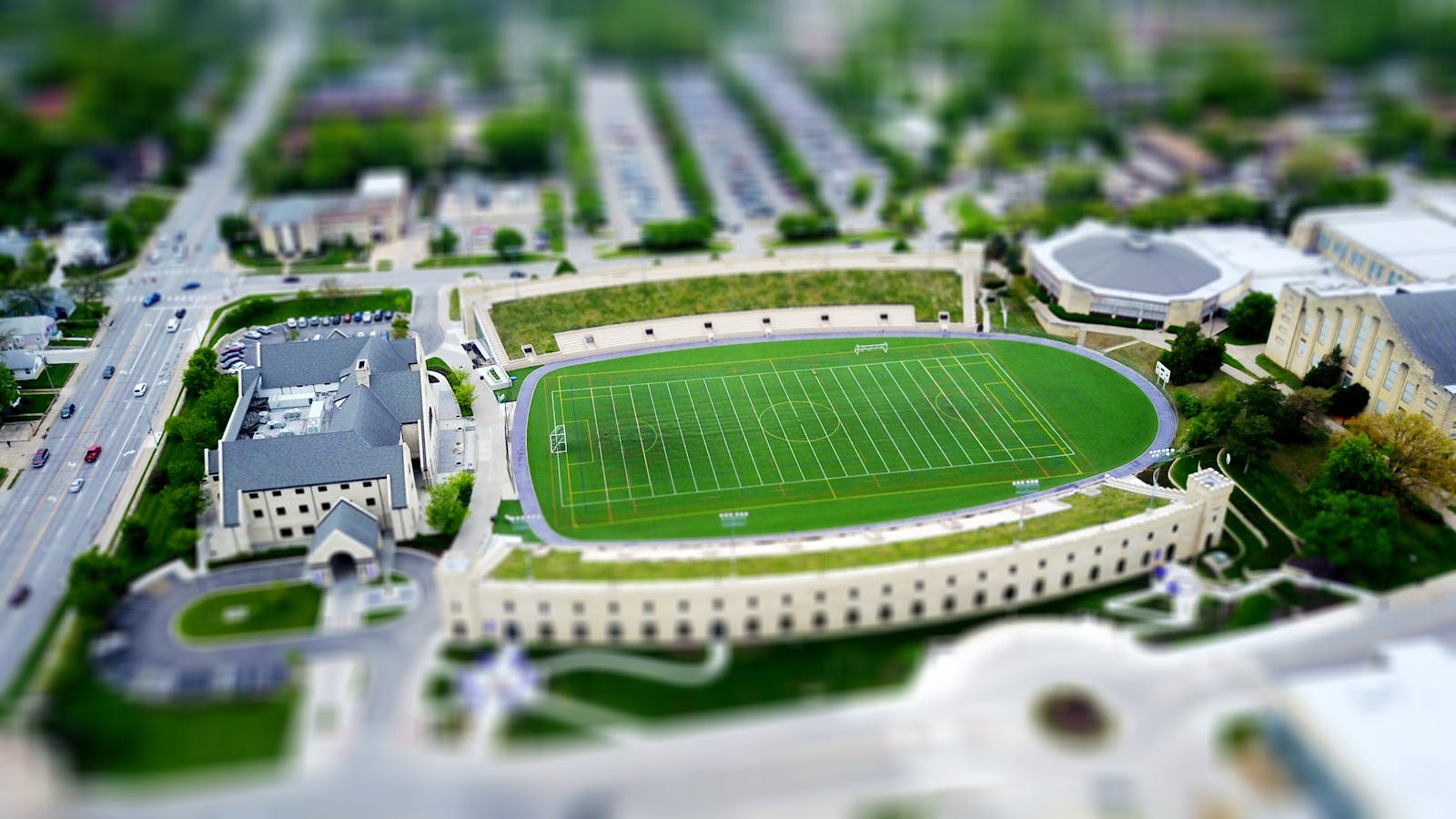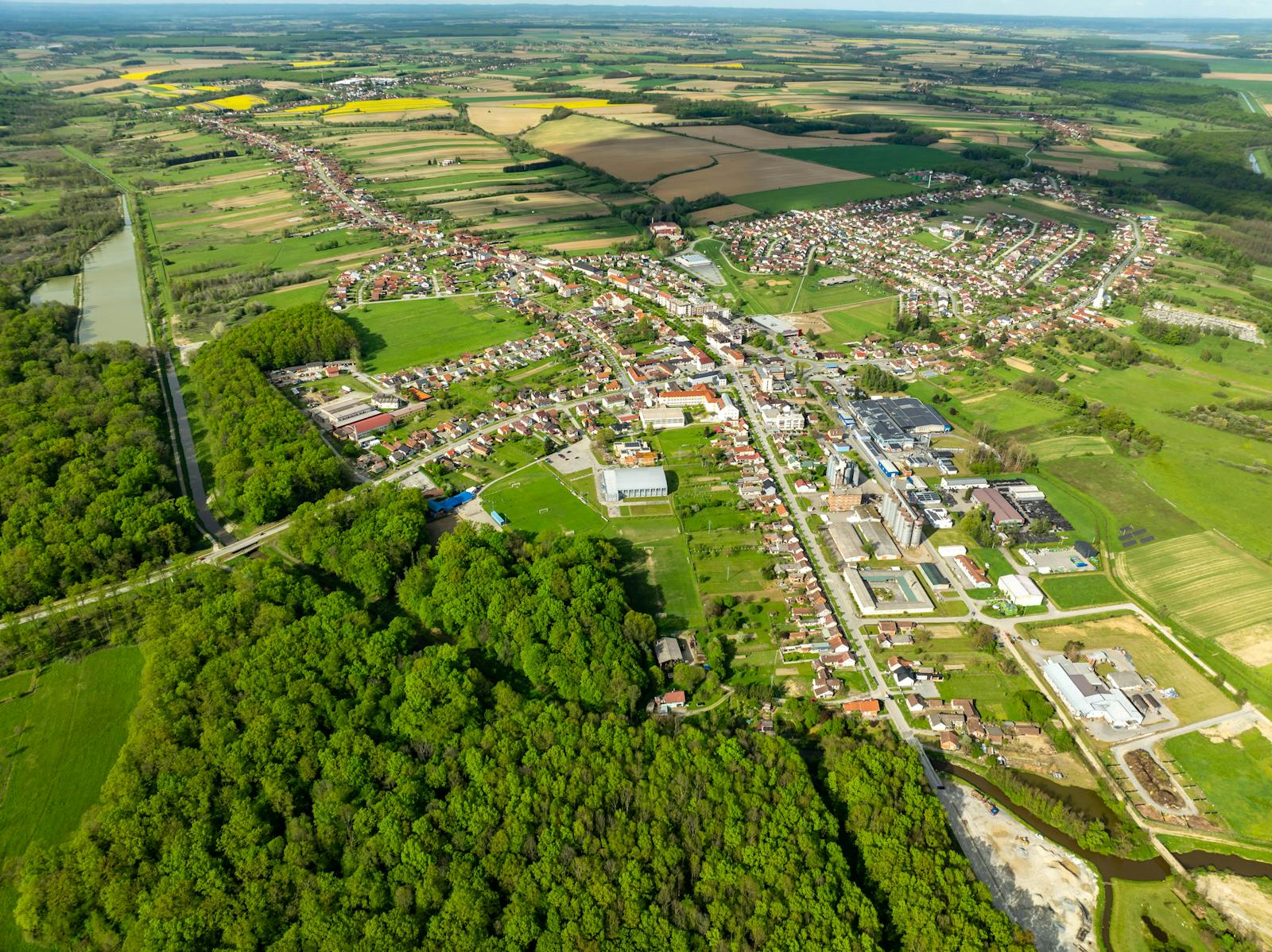Avenue worked with Leger to crunch the numbers. These are the top 10 neighbourhoods in Calgary in 2017 based on those survey results.
BY SHELLEY ARNUSCH, ANDREW GUILBERT AND KARIN OLAFSON
Each year since 2010, Avenue has worked with Leger, a research and marketing
company, to run a survey that gets to the heart of the question: What are Calgary’s
best neighbourhoods to live in?
Rather than simply voting for their favourite neighbourhood, survey respondents consider
various characteristics and tell us which ones are most important when they think about a
good neighbourhood. Are parks and pathways preferable to bars and boutiques, for example? Is it more important to have access to major roads than access to schools? Is proximity to a public
library preferable to proximity to a movie theatre?
Each year we tweak the survey for clarity and to respond to the previous year’s results,
eliminating characteristics that were deemed unimportant to most and trying new questions.
We also update the quantitative data that Leger uses to compare each neighbourhood once
we know how important each characteristic is.
This year, we did a total data overhaul and that caused a few exciting changes in the results.
With the launch of the City of Calgary’s Open Data Portal in late 2016, we had access to more
detailed and more accurate information than ever before. What changed the most this year
was how we counted parks. Previously, we simply counted how many green spaces were in
each neighbourhood. Using the City’s open data, we could include information on the actual
amount of park space — the more hectares a park is, the more points we allocated to it.
This change caused some big movements in the rankings. Varsity moved from 47th overall
in 2016 to first and Edgemont moved from 70th in 2016 to third.
In many other ways, the results are similar to what we have found in the past. This year,
Calgarians’ top-five most important neighbourhood characteristics were access to parks and
pathways, low crime, walkability, access to restaurants, cafés and pubs, and high community
engagement. In 2016, parks and pathways, low crime and access to restaurants were also
among the top five.
It’s important to note that the best neighbourhoods in Calgary, as determined by this survey,
aren’t necessarily going to be the best for every Calgarian in the city. Different people value
— and need — different things. Fortunately, each neighbourhood offers something that makes
it the best to someone and there is a neighbourhood that offers the best for each of us. —K.O.
1. Varsity
This year’s overall Best Neighbourhood sits in that sweet spot where you get all the best
parts of being both old and new. Seniors aging in place in modest bungalows share calm
streets lined with mature trees with energetic young families in new builds, creating a
nice, welcoming mix.
The neighbourhood also occupies a sweet spot in terms of getting around. Located just west
of the University of Calgary, residents get the benefit of both a reasonable commute to
downtown (either by vehicle or via the C-Train from the Brentwood and Dalhousie stations
on Varsity’s eastern edge) and an easy escape to the Rockies.
The banks of the Bow River beckon to the south, while Market Mall provides a convenient
hub of shopping amenities within the community, everything from fun and frivolous boutiques
to a full-sized Safeway grocery store.
Varsity’s streets and pathways are conducive to walking around, yet the neighbourhood’s
expansiveness means you never feel fenced-in — even the actual fenced-in residential lots
are spacious and comfortable-feeling. Plentiful park space and recreation facilities, including
the scenic Silver Springs Golf and Country Clubon the banks of the Bow, encourage active
living in residents of all ages.
It’s a neighbourhood with a view, a river on one side and the C-Train on the other, wide-open
sunny spaces and mature, shade-giving trees. It perfectly encapsulates what expat Calgarians
dream about when they think about home, and it’s why Varsity deservedly owns the sporting
chant of “we’re number one!” —S.A.

ROOM TO IMPROVEWhile it’s hard to find fault with Varsity, advocates for urban density would identify the
relatively low number of people per square kilometre (1,855) as potential grounds for
improvement. The proximity to the university and the neighbourhood’s conduciveness
to a car-free lifestyle would make Varsity a prime candidate for secondary suites; however,
as of January 2017 there were no approved secondary suites registered in the community.
2. Beltline
The vibrant area south of the downtown core known as the Beltline is chock full of great
restaurants, cool cocktail bars, packed pubs, bumpin’ nightclubs, boutiques and bookstores,
coffeehouses, yoga studios, boxing studios and anything else a connected Calgarian would
be tuned into. Tucked into the mix are charming urban parks and green spaces to chill out in,
heritage monuments like the Memorial Park Library and Lougheed House to explore and
admire, a handful of hip hotels and a variety of options for residents to do their grocery
shopping and run drugstore errands. Plus, you can get your bike fixed, get your skis tuned
and get yourself a nice bottle of wine, all within a few buzzing blocks. Sure, living in the heart
of the action isn’t going to be everyone’s cup of tea, but for the many Calgarians seeking a
vibrant scene (not to mention an easy walk, bike or skateboard ride to work), the Beltline
brings it. —S.A.

ROOM TO IMPROVE
It should come as a surprise to no one that a highly populated area with an active nightlife that
draws crowds from outside the community will have problems with crime. The Beltline’s rate of
439 crimes per capita is this inner-city neighbourhood’s Achilles heel, putting it leagues above
the 65 crimes per capita of top-ranked Varsity.
3. Edgemont
Nose Hill Park, the expansive prairie-grassland preserve in the city’s northwest, is a huge
asset (literally) to the neighbourhoods nestled around its borders. It’s one of the key reasons
why Edgemont, which tucks up against Nose Hill Park to the west, edged up into the top five
this year.
But Edgemont has more going for it than just its proximity to this favoured destination of
cyclists, runners and owners of energetic dogs. The community association’s membership
count of 780 exceeds that of top-ranked neighbourhood Varsity, and Edgemont also scores
high in the area of community-supported projects. These, and other indicators of healthy
community involvement, could be due to the fact that the neighbourhood is comprised primarily
of single-family homes, with the majority of dwellings (86 per cent) occupied by the homeowners.
That pride of ownership, in both home and community, is likely one of the reasons Edgemont
can also claim a reassuringly low crime rate, well below any of its fellow top-five. —S.A.
ROOM TO IMPROVE
Easy access to arteries such as John Laurie Boulevard and Shaganappi Trail is a boon for
car commuters, but outside of that, the picture gets bleak. With strikingly low scores in both
walkability and transit access, just over two per cent of Edgemont residents walk or bike to
work.
4. Brentwood
Brentwood is a perennial strong finisher in the Best Neighbourhoods survey, which makes
sense since it has many similar attributes to this year’s number-one, Varsity. Brentwood sits
just across Crowchild Trail to the north of Varsity, positioning it to be walkable to the University
of Calgary and just a zip of a commute downtown, either by car or C-Train from Brentwood
station. Residents include a mix of old-timers and young families and everyone in between,
with a vibrant university-student population, as well.
A wealth of shopping amenities includes four grocery stores. There are also several community-
fostering organizations within the neighbourhood, including a Calgary Public Library branch,
a community garden and the well-used Brentwood Sportsplex, which is a hub for everything
from figure-skating and hockey programs to Scrabble and bridge groups. All contribute to the
sense that this is a neighbourhood that’s friendly, fun and comfortable in its skin. —S.A.
ROOM TO IMPROVE
From the outside, Brentwood seems like the ideal community for aging in place; however, the
lack of any nursing-home facilities means that long-time residents who might require this kind
of care in their twilight years are forced to uproot.
5. Signal Hill
The west-end neighbourhood of Signal Hill is easily identified by the striking geoglyphs on the
hillside at Battalion Park. The large-scale installation of whitewashed stones placed to create
groupings of numbers serves as a memorial to the Albertan soldiers who fought in the First
World War in battalions 137, 113, 151 and 51. This unique fusion of heritage and public art sets
Signal Hill apart — as does the exceptional shopping at the base of the hill. Westhills Shopping ]
Centre is practically a neighbourhood in its own right, with everything from a Real Canadian Superstore
(with liquor store and gas bar) to a Cineplex Odeon multiplex. Among the vast array of retail
options is arguably the city’s best Winners store, which contains a trove of high-end designer
items at double-take prices.
Bordered to the south by Highway 8, Signal Hill is also well positioned for getting out to the
mountains, whether for biking in Bragg Creek in the summer or skiing at Nakiska in the winter.
For these reasons, and more, it can proudly claim its spot in the top five. —S.A.
ROOM TO IMPROVE
While Signal Hill has an admirable number of registered community members, the
neighbourhood lacks a community centre, which hinders its community engagement.
6. Huntington Hills
Nestled between Nose Hill Park and Deerfoot Trail, Huntington Hills scored among the top
Calgary neighbourhoods for playgrounds, access to libraries and parks and pathways. It also
ranked among the top 15 for recreation facilities, schools and grocery stores. Between its
community centre and sportsplex — which offers a number of recreational programs such as
curling, soccer and ringette — and its skateboard park, there’s always something happening
in the Hills. —A.G.
7. Bridgeland/Riverside
As the home to great restaurants such as Shiki Menya, Tazza and Blue Star Dinner,
Bridgeland/Riverside has people talking (often with their mouths full). A wealth of amenities —
including grocery and drug stores — as well as proximity to downtown make this inner-city
community very walkable, and more than 20 per cent of commuters here opt to bike or walk
to work. –A.G.
8. Arbour Lake
At the crossroads of Stoney Trail and Crowchild Trail, this northwest community is well
situated for getting around the city and getting out to the mountains. But it’s what’s inside this
neighbourhood that really counts, particularly the residents’ association members-only beach
around the community’s eponymous lake. Not surprisingly, Arbour Lake also benefits from a
high community-engagement score. —A.G.
9. Downtown Commercial Core
High walkability and easy access to public transit make living in the Downtown Commercial
Core carefree for the car-free set. This urban area also brings an abundance of shops and
restaurants to the table, as well as the theatrical and musical happenings at Arts Commons
and the summer fountain-turned-winter skating rink at Olympic Plaza. —A.G.
10. Crescent Heights
Straddling Centre Street, just north of the Bow River, Crescent Heights benefits from being
close to downtown, with the walkability and transit access that affords. A variety of amenities
and good community engagement also helped this ’hood rise in the rankings. It’s also home
to McHugh Bluff Park, which offers one of the most picturesque views of the city’s skyline.
—A.G.









